One Pot Wonder: Unveiling the Magic of Rice Cooker Chicken Rice! Create Hainanese Chicken Rice, complete with succulent chicken, fragrant rice and even vegetables, all in one pot.
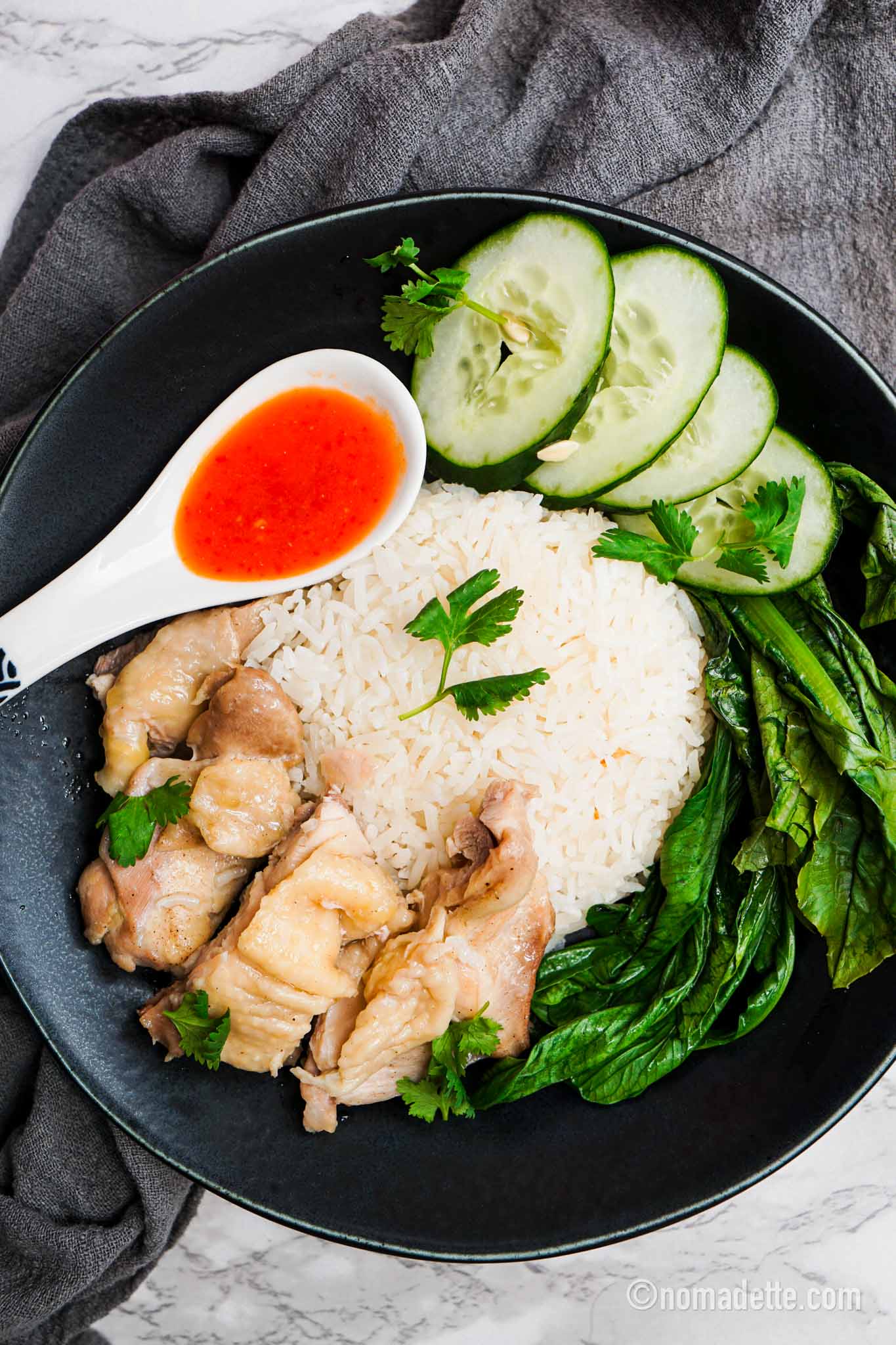
It took me a while to craft this one-pot Rice Cooker Chicken Rice recipe for just one reason: I love using homemade chicken stock! I make a lot of Chicken Rice on this blog, and I mean A LOT. By the way, if you need a chicken rice recipe without the use of rice cookers, I also have that.
I already have a (very old) rice cooker chicken rice recipe, which is great too, but this one is even more comprehensive and cuts out non-essential ingredients so you have an amazing plate of chicken rice!
But in the name of effortless, quick and easy cooking, I buckled down to create this recipe JUST for you. You’re going to love this one. With just a handful of ingredients, and a rice cooker, this is your new favourite approach to an efficient weeknight meal!
Why You’ll Love this Recipe
- Effortless Preparation: The beauty of rice cooker chicken rice lies in its simplicity. With minimal chopping and prepping, you can toss everything into the rice cooker and let it work its magic.
- Time-Saving: Traditional methods of making chicken rice can be time-consuming. However, the rice cooker streamlines the process, making it possible to enjoy this classic dish on even the busiest of days.
- No-Fuss Cleanup: Less cooking often translates to fewer dishes. With just the rice cooker and a chopping board to clean, you’ll spend less time at the sink and more time enjoying your meal.
- Consistent Results: Rice cookers are designed for uniform heat distribution, ensuring that each grain of rice is cooked to perfection, and the chicken is tender and succulent.
Key Ingredients for Rice Cooker Chicken Rice
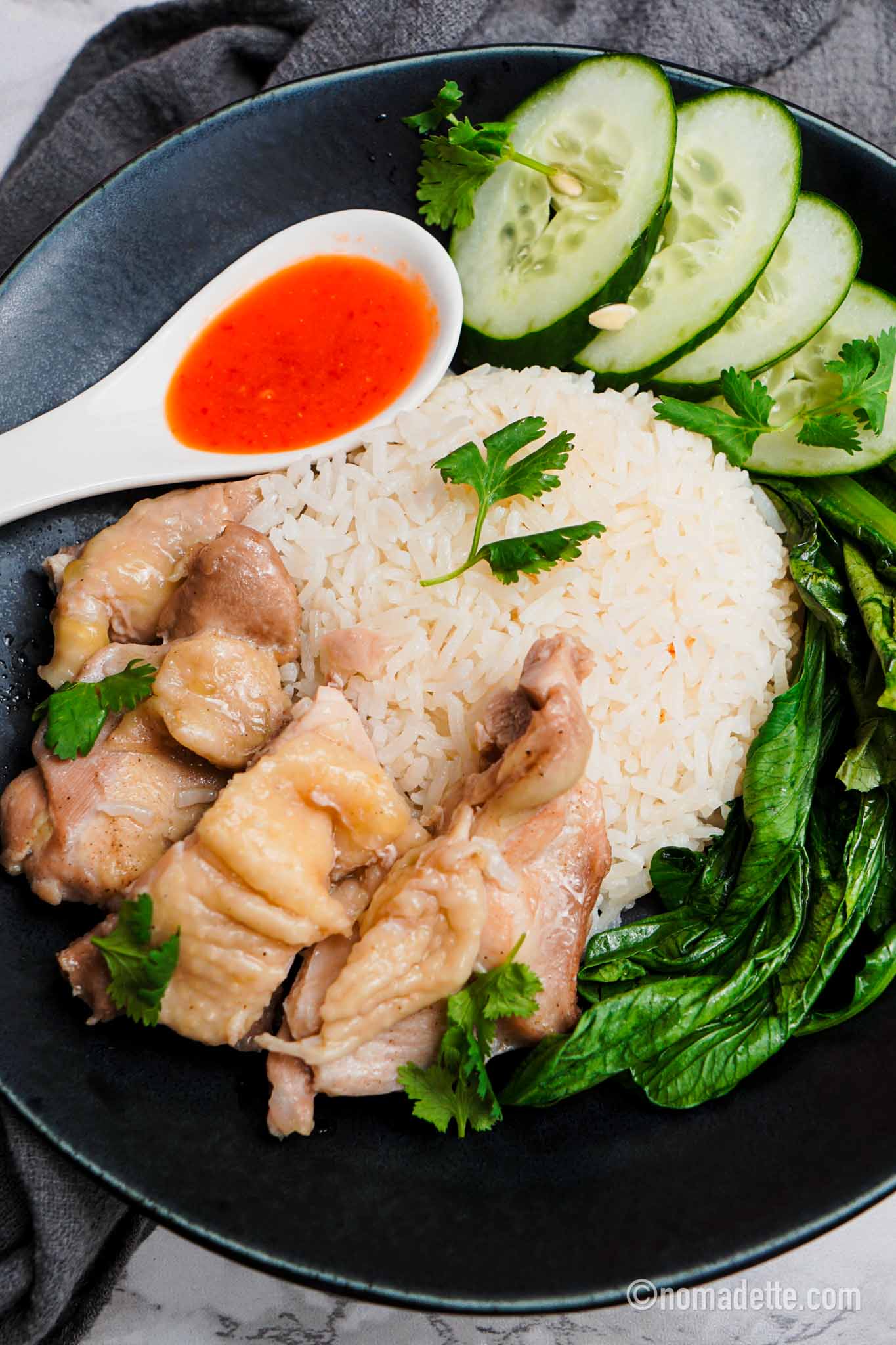
- Chicken: Boneless chicken pieces work the best for Rice Cooker Chicken Rice. Chicken thighs are my go-to, because they have a layer of fat on them that will melt into the rice as it cooks, infusing it with rich, savoury, chicken-y flavours! To use bone-in chicken pieces, the best bet would be smaller cuts to ensure that the chicken will cook through. For example, I would use chicken wings and drumettes, or small pieces of chicken thighs.
- Rice: Jasmine white rice will get you hawker-style chicken rice, but really any rice can work. I use brown rice from time to time for a healthier option. Adjust the liquid levels accordingly depending on the rice type.
- Aromatics: A blend of garlic and ginger lend add the signature depth and flavour to the chicken rice. Spring onions are used too, but you can easily replace this with shallots or onions. You can either crush whole garlic and slice ginger into large chunks, or use ginger and garlic paste. See my recipe post on how to make ginger and garlic paste here.
- Chicken Stock: This liquid gold infuses the rice with a rich, savoury taste, elevating it to a whole new level of flavour! For convenience, we are using ready-made chicken stock. Store-bought chicken stock is seasoned already, so no additional salt is needed for this. If using homemade or unsalted chicken stock, make sure to add salt or light soy sauce for seasoning!
What Type of Rice Cooker To Use?
Any rice cooker will work – the only difference would be in the amount of liquid needed to cook the rice which can differ by brand.
If your rice cooker pot has indicator lines for the liquid, then just use that! Easy.
The rice cooker that I’m using (and absolutely loving) is the Zojirushi ZAQ-10. This is the US model, and this is the Asian model. They both are the same, except for the model name. I highly recommend this!
Otherwise, the general ratio for water to rice in a rice cooker is usually 1:1 or 1:1.5, depending on the type of rice being cooked. Use the same cup to measure out the rice and liquid. A quick breakdown:
- 1:1 Ratio (For White Rice): This ratio means using equal parts of water and rice. This is the ration commonly used for cooking long-grain white rice, like the Jasmine white rice in this chicken rice recipe. For example, if you’re cooking 1 cup of white rice, you would use 1 cup of water.
- 1:1.5 Ratio (For Brown Rice): Brown rice requires a bit more water due to its outer bran layer, which makes it take longer to cook and absorb water. The 1:1.5 ratio means using 1 cup of rice to 1.5 cups of water. If you’re cooking 1 cup of brown rice for the chicken rice, you would use 1.5 cups of stock.
Keep in mind that these ratios are general guidelines and might vary slightly depending on the specific type of rice and the brand of rice cooker you’re using. It’s always a good idea to consult your rice cooker’s manual for any specific instructions or recommendations.
How to Make Rice Cooker Chicken Rice
1. Prepare Ingredients

- Rinse rice until the water runs clear.
- Lightly crush the garlic with the side of the knife so it’s still whole. Peel ginger and slice thinly.
- Chop off the top green portion of the spring onions, and slice thinly for garnish later on. Keep to one side. With the bottom white portion, cut off the roots, and keep it whole.
- Keep the aromatics in large chunks so it’s easier to remove before serving.
- Season chicken thighs with salt and pepper.
2. Add Ingredients to Rice Cooker Pot
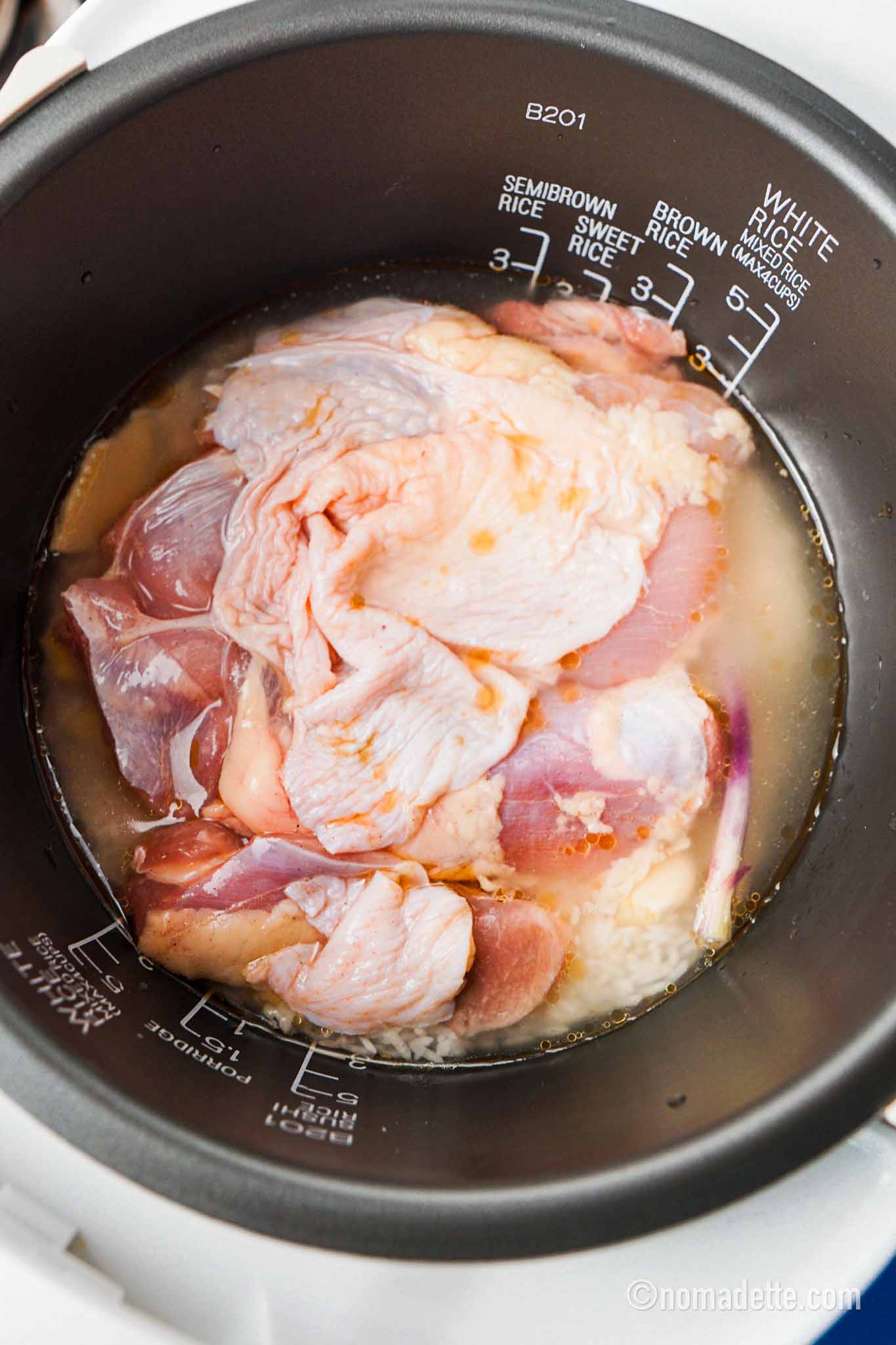
- Add rice to the rice cooker pot first, and pour in chicken stock. If your rice cooker has an indicator level, pour until it reaches the right level. If your rice cooker does not have an indicator level, the general ratio of water to rice is 1:1.
- Add the garlic, ginger and spring onions to the rice. Space them out evenly.
- Add sesame oil.
- Lay over the boneless chicken thighs over the rice.
3. Cook!
- Cover the rice cooker, and turn it on to cook. Cook at the regular rice setting. That is it!
- While the rice cooks, make the special Chicken Rice Chilli Sauce.
4. Steam Vegetables in Rice Cooker
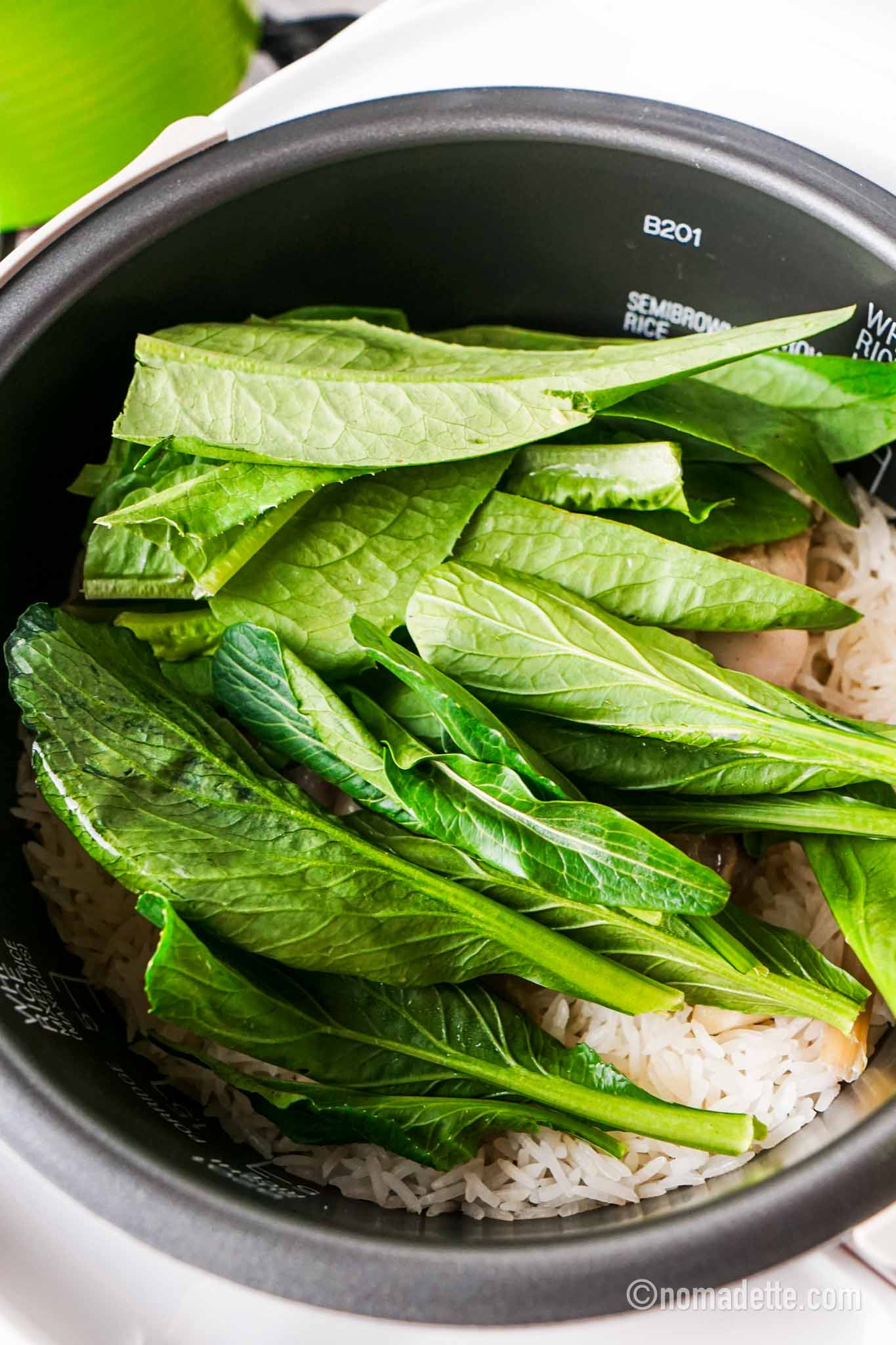
- If you have leafy vegetables – I always do! – open the rice cooker at the last 5 minutes of cook time and lay the vegetables over. Typical vegetables to use would be Bok Choy or Chye Sim, but any leafy vegetable you like will work. Today I used baby bok choys and yau mak chye.
- By the time the rice cooks, the vegetables would have steamed as well.
“But my rice cooker has no timer!“
- If your rice cooker does not have a timer, add the vegetables at the 25-minute mark. Generally 2 cups of rice take about 30 minutes to cook, but this can differ by brand.
- Experiment! You might end up with undercooked or overly wilted vegetables on your first couple of tries, but I don’t think that’s a dish ruiner – especially compared to undercooked chicken, eeps. My Zojirushi takes about 30 minutes to cook 2 cups of rice, but it does have a timer.
5. Serve
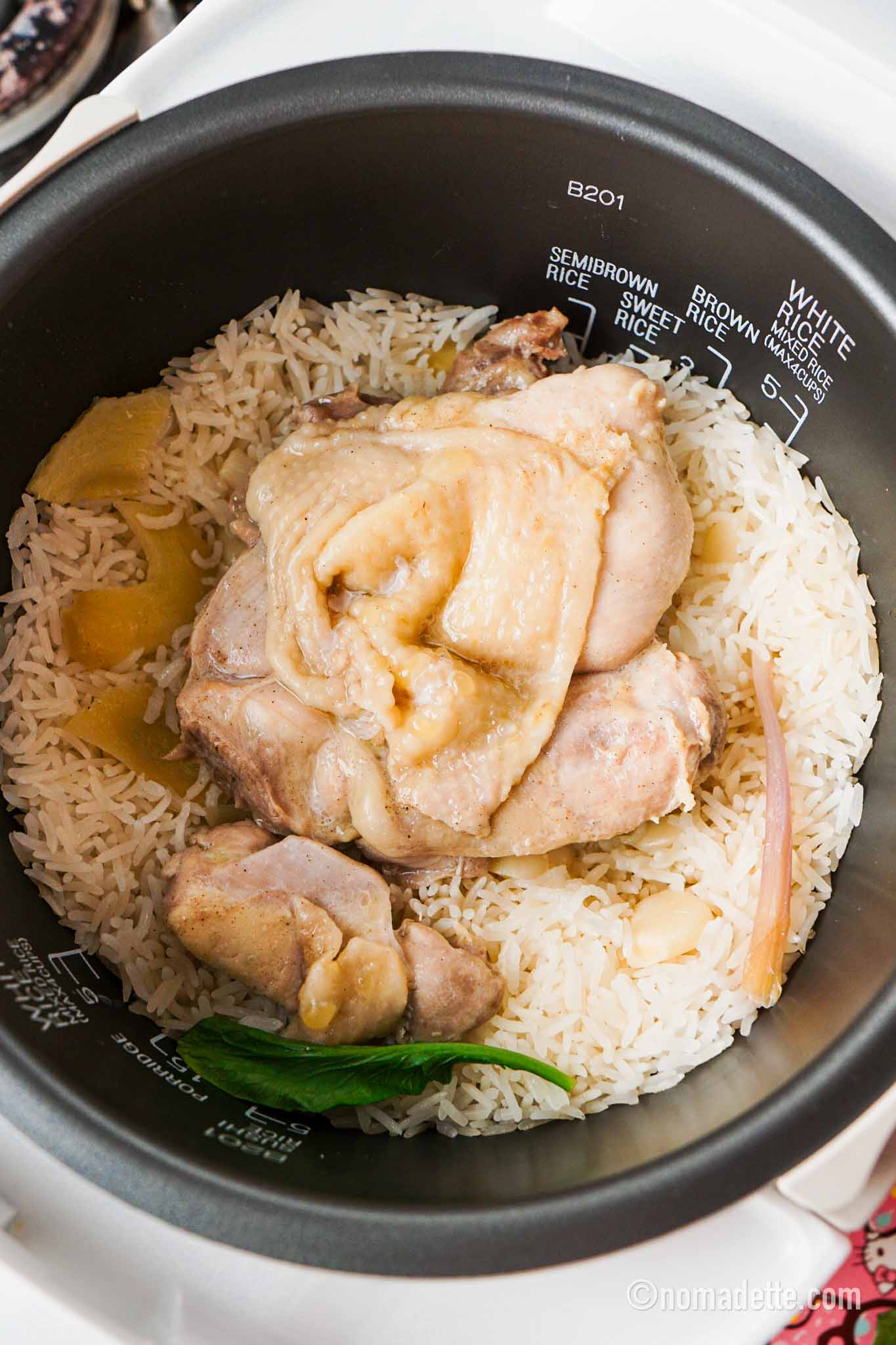
- To serve, remove the steamed vegetables and keep to one side. Remove the chicken thighs, and keep to one side.
- Allow to rest for 5 minutes, before slicing to serve.
- Give the rice a quick fluff with the rice cooker paddle. Remove all of the chunky aromatics.
- Plate the rice, chicken and vegetables, sliced cucumbers and garnish with the spring onions. Serve with a side of this spicy, sweet and tangy Chicken Rice Chilli Sauce.
Ginger Scallion Sauce
We rarely serve Chicken Rice with ginger scallion sauce here in Singapore, in fact, you’ll find most stalls will not have this sauce on hand!
BUT I do know some of my readers may not be so spice tolerant, or more likely, serving kids! Just for you, I included a recipe for a ginger-scallion sauce below. It utilises far less ingredients(only 4!) and easy to make. I was surprised at how good it turned out albeit the simplicity! So, so fragrant too!
- Scallions/Green Onions/Spring Onions: these three ingredients are used interchangeably and will all work fine for this recipe!
- Ginger: Finely chop or grate ginger, or use ginger paste.
- Neutral-Tasting Oil: I used canola oil, but any will work such as vegetable, soy or sunflower oil.
- Salt: A pinch of salt to taste and bring forth all the delicious flavours!
More Recipes Like This
- Rice Cooker Claypot Chicken Rice
- 10-min Rainbow Fried Rice (easy one-pot rice cooker recipe)
- Easy Roasted Chicken Rice


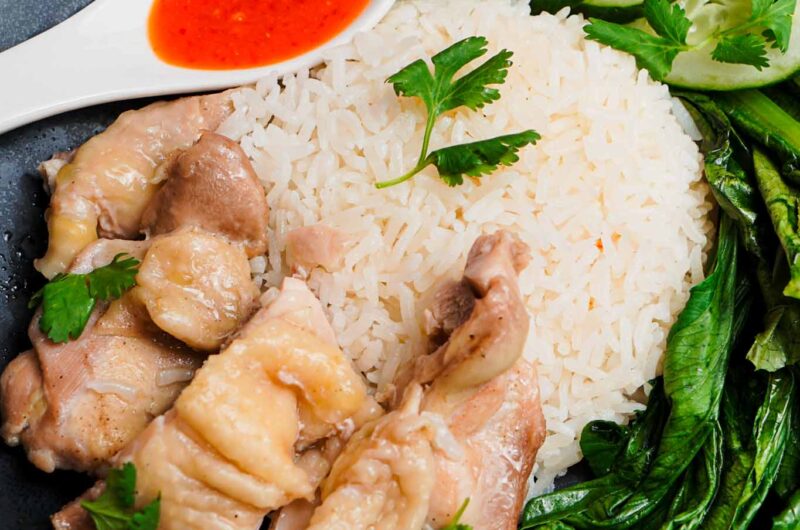

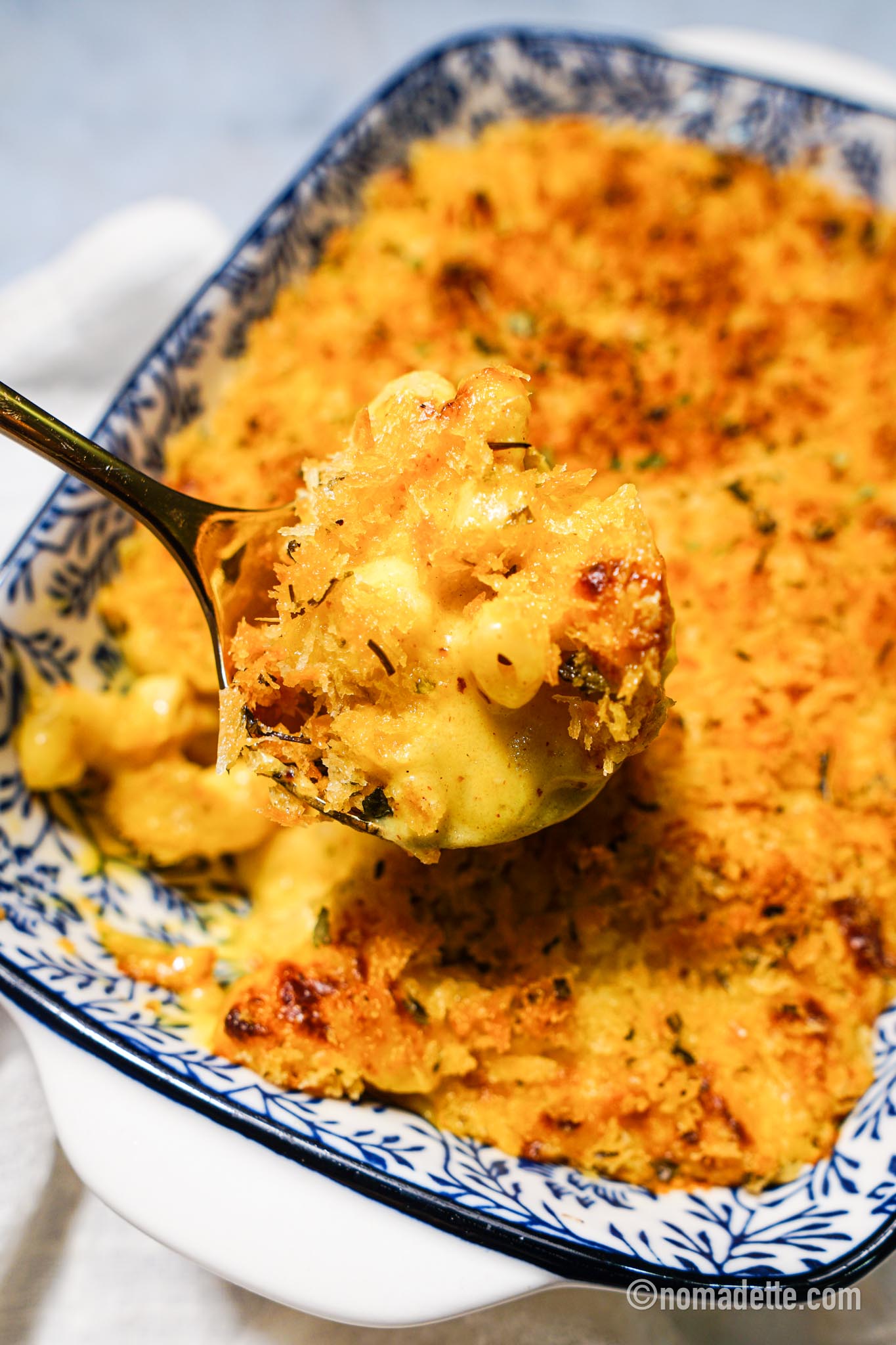

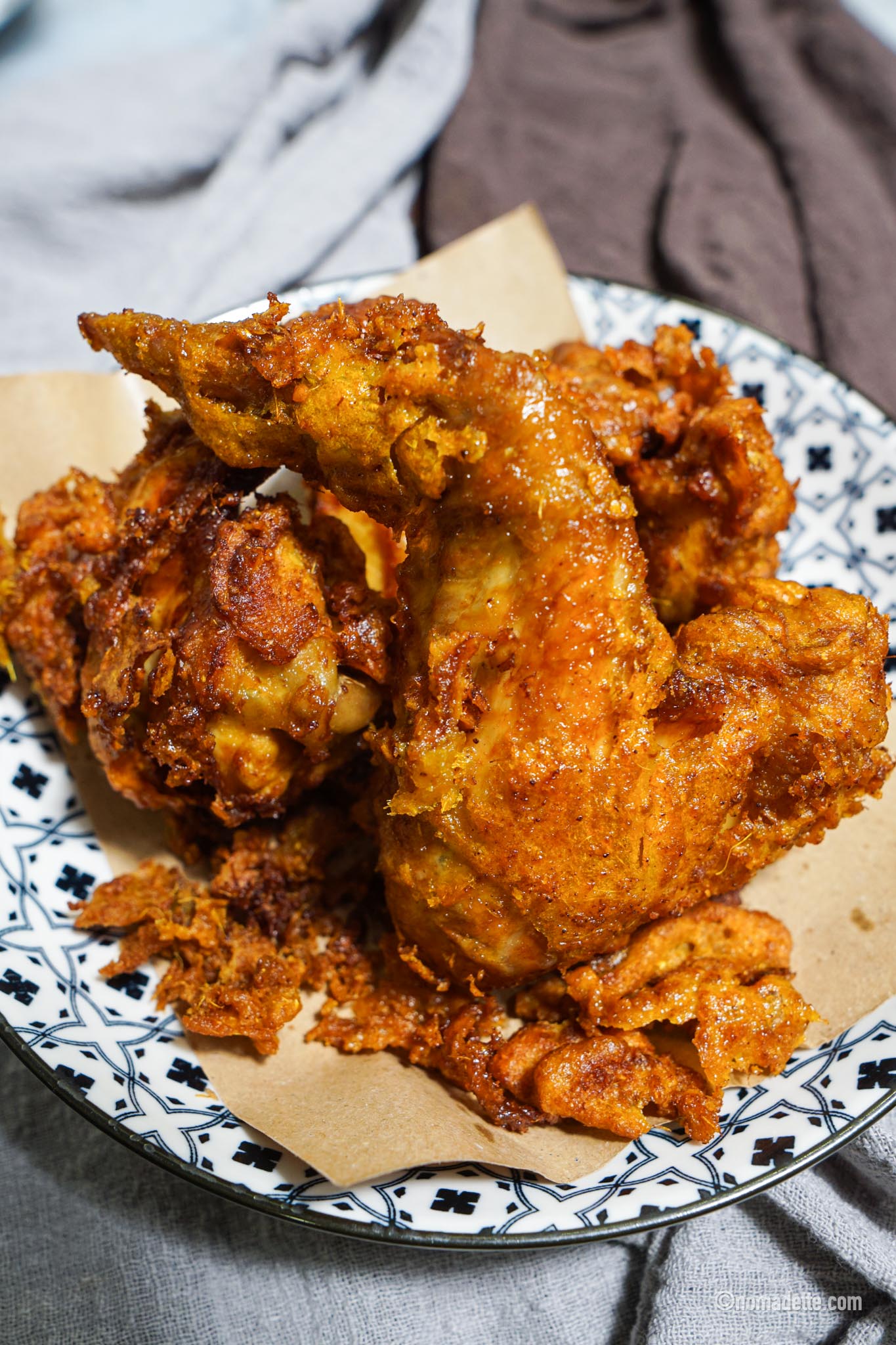
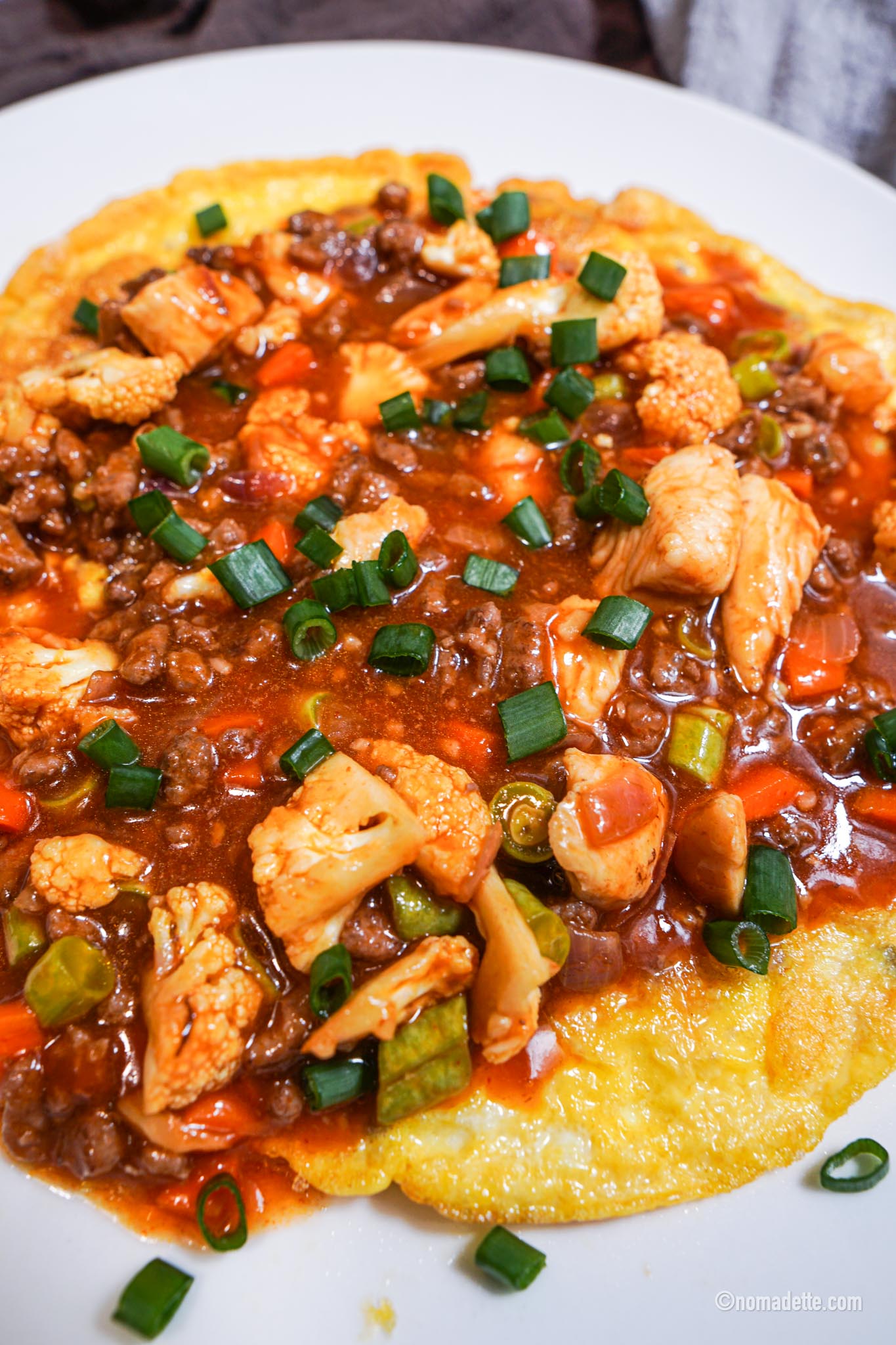
I was absolutely skeptical but I didn’t know what to have to break my fast so I did it. The rice and chicken. Didn’t have time to do the rest. Oh my God! My chicken have never tasted that good. Thank you for your recipe. It was amazing! The chicken meat fell off the bone!
Hi, just made this for the first time and it was delicious! Chicken was super tender, rice aromatic and all the flavors came together so well. Most importantly, a breeze to make – only need to wash one rice cooker pot. Thank you for the recipe!!